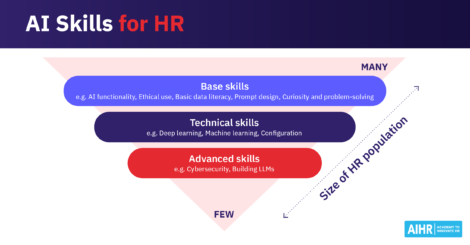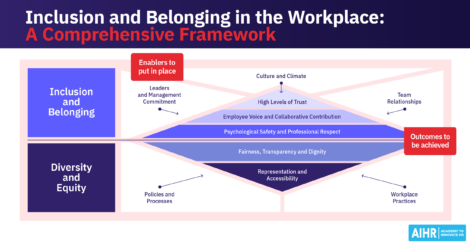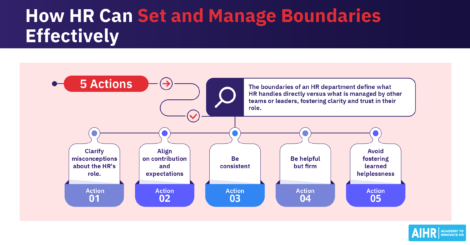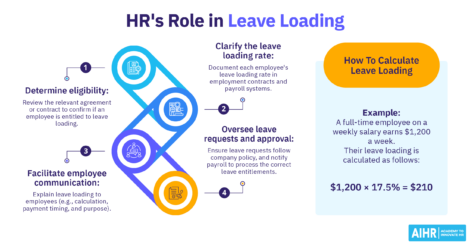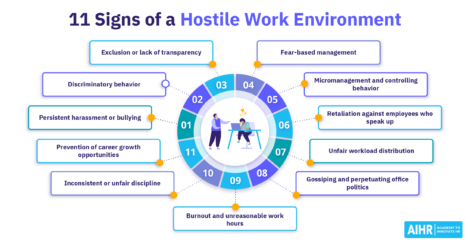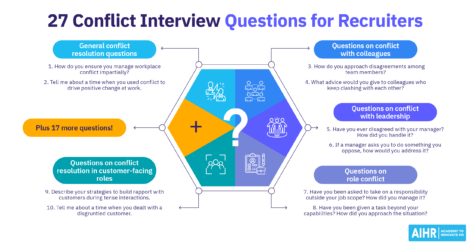5 Corporate Learning Strategies To Drive Business Impact
Over 50% of senior leaders feel that their talent development initiatives fail to effectively build essential skills and organizational capabilities. Selecting the right corporate learning strategy is critical to fill this gap.

As organizations tighten budgets, Learning and Development (L&D) often face cuts despite being recognized as a critical business driver. Many see L&D as an employee privilege rather than a vital investment in organizational performance.
Using various models to demonstrate impact, L&D professionals argue for the benefits of robust learning programs for return on investment, talent succession, and employee engagement. However, the challenge often lies in adopting the best-fit corporate learning strategy that aligns with the organization’s needs.
This article evaluates five corporate learning strategies, how to determine which strategy is most suitable for the organization, and the critical metrics for assessing success.
Contents
What are corporate learning strategies?
5 corporate learning strategies and their value
– Strategy 1: Ad-hoc learning programs to build specific skills
– Strategy 2: Structured learning programs focused on specific competencies
– Strategy 3: Structured capability building
– Strategy 4: Learning academies to build organizational capabilities
– Strategy 5: Formalized corporate universities building longer-term strategic capacity
What are corporate learning strategies?
Corporate learning strategies encompass the methods organizations adopt to deliver business value through structured learning initiatives. These strategies are anchored in specific objectives, from developing particular skills and preparing leadership talent to ensuring compliance with legislative requirements.
A common misconception is equating the mode of learning with the strategy itself. The mode refers to the channel through which learning occurs, such as online self-paced courses, facilitated sessions, asynchronous education, or virtual classes. Similarly, corporate learning strategies are often mistaken for singular events or interventions. Rather, they are a collection of targeted learning activities designed to achieve specific objectives for distinct audiences.
An effective corporate learning strategy should clearly articulate the following:
- Goal of the learning strategy: Define the challenge or business need the strategy aims to address.
- Objectives: Specify what learners should be able to accomplish after completing the learning program.
- Target audience: Identify the various groups that will be the focus of the strategy.
- Content: Detail the material to be delivered and its alignment with the defined goals and objectives.
- Mode or channel: Determine which learning channels will be utilized, such as online courses, workshops, or blended learning approaches.
- Measurement: Outline how the strategy’s success will be measured, including specific success criteria and key performance indicators (KPIs).
- Knowledge management: Describe how learning content will be managed and updated to ensure ongoing relevance.
- Pricing and affordability: Estimate the financial investments required for the strategy and identify potential funding sources.
- Vendors and partners: Specify whether collaboration with external vendors or partners is necessary for technology, content development, or training delivery
Depending on the identified needs, organizations can choose to adopt different corporate learning strategy approaches, dictating how learning is designed, structured, and measured.
Corporate learning strategies are an integral part of organizational learning, which is the process of building and transmitting knowledge within your business to enable continuous growth and improvement.
5 corporate learning strategies and their value
Corporate learning strategies come in various forms, each tailored to meet the specific needs and goals of the organization. Companies might use a combination of these strategies.
The strategies can be plotted along two axes, highlighting the level of investment required for them to be successful and the amount of time before they generate value. The size of the circles also indicates the level of effort and resources needed to successfully operationalize them.
Understanding these different options allows you to design and implement a corporate learning strategy that will best help you achieve your goals.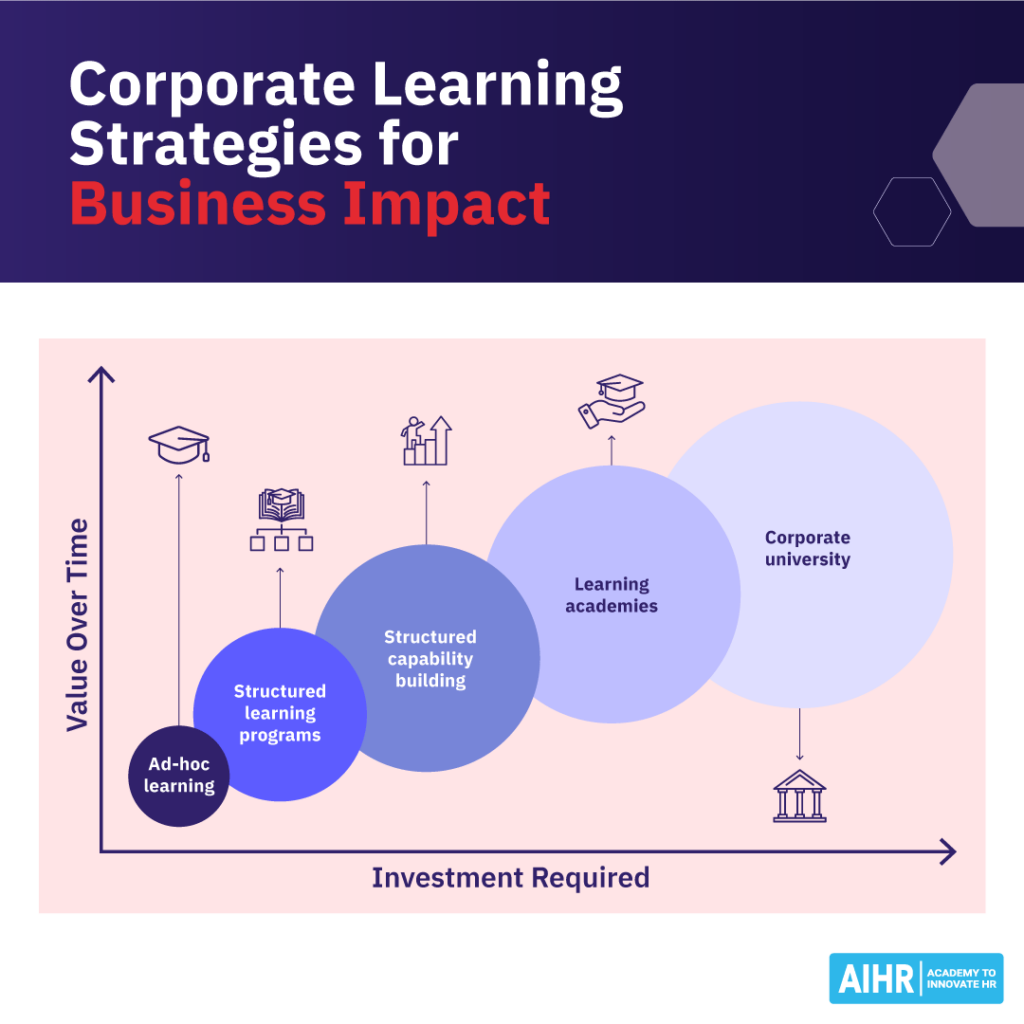
Strategy 1: Ad-hoc learning programs to build specific skills
This strategy refers to short-term, targeted training sessions that address immediate skills gaps. It is utilized when there is a specific need to build a particular skill set within the organization or to address a skills gap that has been identified.
From a measurement perspective, organizations can conduct pre- and post-skill assessments to evaluate skill improvements and gauge short-term performance improvements in tasks related to these skills.
Illustrative example
Million Mines is a copper mining business operating in four countries. Based on a training needs analysis, the team has identified the need to develop more awareness about environmentally friendly practices for their truck drivers and mining teams.
They work with the head office team to develop a short in-person training session that will be implemented across all their mining locations. To make the training more sustainable, they also record these sessions and include them in onboarding any future truck drivers and mining teams.
To measure the impact of the training, they conduct pre- and post-assessments to measure the basic understanding of environmental policies in these roles. To measure application, the learning team also includes a performance metric for all truck drivers regarding responsible fuel consumption on-site while evaluating equipment utilization and recycling for mining teams.
Strategy 2: Structured learning programs focused on specific competencies
This strategy involves structured programs and interventions designed to develop specific knowledge, experiences, and skills over a defined period. Emphasizing a comprehensive approach to learning, it integrates multiple interventions to ensure thorough competency development.
A structured learning journey strategy is applicable when a clear competency needs to be developed within a target audience, mainly when the competency is critical to job performance and cannot be effectively addressed through a single training session. Similarly, it’s also often seen in graduate programs or leadership with a key focus on workplace skills for a target group.
Key characteristics include a defined learning path, which provides a structured roadmap outlining the progression of learning activities over time, and multiple interventions utilizing various learning methods. Examples of these are workshops, e-learning modules, mentoring, and hands-on practice to reinforce learning.
Importantly, this strategy is very targeted and primarily focuses on building two or three competencies for a specific audience. A structured learning journey strategy is more suitable if more complex audiences and competencies exist.
Organizations can measure performance through long-term evaluation of the applied competency in terms of its relationship to job performance.
Illustrative example
TechCorp, a leading technology company, identified a need to enhance leadership skills among its mid-level managers, whose effectiveness was crucial for team performance and innovation. An internal assessment revealed significant gaps in their leadership capabilities, prompting the company to design a structured six-month leadership development program.
The program featured a series of training interventions with monthly milestones and objectives to ensure thorough competency development. These included interactive workshops on leadership theories, e-learning modules covering various management techniques, mentoring from senior leaders, and hands-on practice through simulation exercises. This multifaceted approach allowed managers to learn and apply new skills in a supportive environment.
The results were significant: participating managers exhibited marked improvements in leadership skills, leading to a 20% increase in project completion rates and a 15% improvement in employee satisfaction scores. A follow-up assessment six months later confirmed sustained competency development, showcasing the program’s long-term impact on job performance and organizational success.
Strategy 3: Structured capability building
In this strategy, the organization adopts a more structured approach to creating learning paths that develop core capabilities aligned with the organization’s mission and vision. These learning journeys are focused on a combination of different target audiences, all having to develop a series of competencies over time to be successful.
For the structured capability-building strategy to be effective, it must be based on a robust and relevant competency model that guides the expected skills, knowledge, and experiences across various proficiency levels. In this approach, multiple learning journeys exist, and various learning modes are adopted to cater to different learning needs.
Measurement happens iteratively and will evaluate factors related to applying these competencies to the working environment, building capacity within the talent pool for future opportunities, the health of succession pipelines, and the successful ability to innovate and execute organizational strategy.
Illustrative example
ABC Manufacturing, a mid-sized company producing high-precision components for the automotive and aerospace industries, faced significant challenges due to rapid technological advancements, inconsistent employee development, and high turnover rates.
To address these issues, the company implemented a structured learning path strategy. They developed a robust competency model aligned with the company’s mission and vision, created multiple tailored learning journeys for different roles, and incorporated diverse learning modes such as on-the-job training, e-learning modules, workshops, and mentorship programs.
The iterative measurement process was central to the strategy’s success. It involved regular feedback loops, tracking performance metrics, and assessing the talent pool’s capacity for future opportunities. This approach ensured that learning journeys were continuously refined and employees could apply new competencies effectively in the workplace, building a capable and motivated workforce.
As a result, ABC Manufacturing significantly improved skill development, employee engagement, and retention.
Strategy 4: Learning academies to build organizational capabilities
Another effective strategy is establishing targeted learning academies focused on a specific capability or functional domains. Organizations often create these academies to accelerate the development of functional excellence and foster a unified philosophy and implementation approach.
For instance, a company might set up a Sales Academy to expedite the growth of its salesforce, integrating various tailored strategies specifically designed for the sales team. These academies typically blend content from multiple vendors, incorporating in-house developed materials and external providers to bring industry expertise.
Companies implementing an academy strategy generally organize their academies by function, usually maintaining three or four independent functional academy domains. This approach allows each academy to operate autonomously, optimizing the development and performance of each functional area.
Academies are tracked through a variety of metrics, ranging from operational training measures like cost and adoption to tactical metrics related to the application of learning, such as whether the sales workforce is more productive and has a higher success rate, and strategic measures, evaluating whether sales have increased and led to more sustainable business performance.
Illustrative example
RetailMax, a prominent name in the retail sector, had to manage challenges related to scaling its salesforce’s capabilities and ensuring consistent sales performance across regions. To resolve this, the company decided to establish a targeted Sales Academy aimed at accelerating the development of its sales team and creating a unified approach to sales.
The Sales Academy was structured to integrate diverse strategies tailored specifically for the sales function. RetailMax combined content from multiple sources, including industry-leading external providers and custom-developed in-house materials, to ensure comprehensive and cutting-edge training. This blend of resources enabled the company to infuse its training programs with best practices and the latest industry insights.
Strategy 5: Formalized corporate universities building longer-term strategic capacity
The last strategy refers to a formalized corporate university spanning a collection of multiple academies and formalized training programs. Corporate universities aim to provide continued education for the workforce, aligned to organizational capabilities, while also considering the development of various career paths through a variety of learning curriculums and options.
Corporate universities are tightly coupled with a talent management strategy and a core focus on skills development and workforce planning. They are usually a blend of business schools, vendors, and in-house development. Corporate universities are significant-scale investments and, depending on the training modes, could often include physical infrastructure and learning centers where “cohorts” attend specific study schools and breakaways.
Real-life examples
1. McDonald’s Hamburger University
Established in 1961, Hamburger University in Chicago, Illinois, provides comprehensive training in restaurant operations, management, and leadership for McDonald’s employees. With additional campuses globally, it has graduated over 275,000 students and ensures high standards across its operations.
2. General Electric’s Crotonville
Founded in 1956 in Crotonville, New York, GE’s Crotonville is a renowned leadership development center. Offering programs from entry-level to executive education, it focuses on leadership, innovation, and business strategy. It has shaped GE’s management culture and served as a model for other corporate universities.
3. Apple University
Created in 2008 in Cupertino, California, Apple University provides ongoing education for Apple’s employees worldwide. It focuses on instilling company values, culture, and business principles with courses on design, innovation, product development, and leadership, fostering a culture of creativity and excellence
We talked about corporate universities and their role in organizational success with Debra Bradford, HR, leadership, & OD consultant. Watch the full interview below:
Taking action
Learning and development should be a core component of any business strategy. However, organizations must ensure they select a corporate learning strategy that aligns with the needs of their business and workforce. Here’s how to start:
- Identify strategic objectives: Determine the specific objectives your organization aims to achieve through learning. This could include developing particular skills, preparing leadership talent, or ensuring compliance with legislative requirements.
- Analyze learning needs: Conduct a comprehensive assessment to understand the learning needs of different audiences within your organization. Use tools such as surveys, performance reviews, and skills gap analysis to gather relevant data.
- Determine budget and timelines: Establish a realistic budget and set clear timelines for your corporate learning strategy. Consider the costs of various learning modes, resources needed, and potential return on investment. Ensure the timelines are feasible and align with your strategic objectives.
A well-structured corporate learning strategy equips your workforce with the necessary skills and knowledge to meet evolving business challenges and drive overall organizational success.
Learn more
Related articles
Are you ready for the future of HR?
Learn modern and relevant HR skills, online







